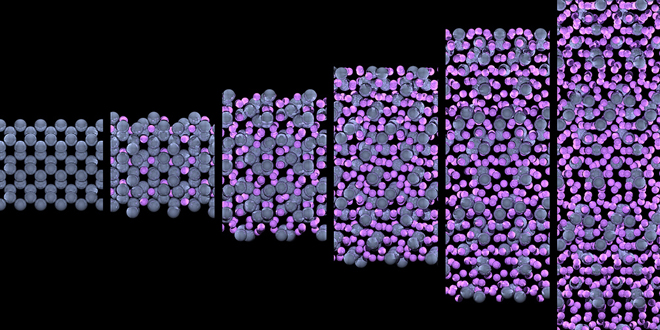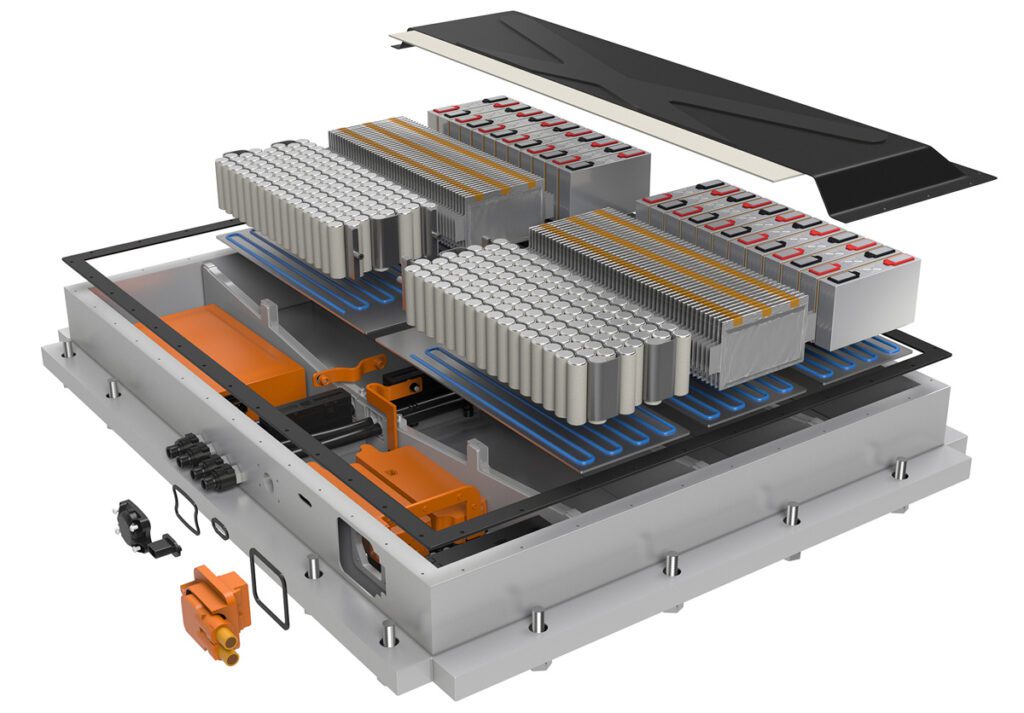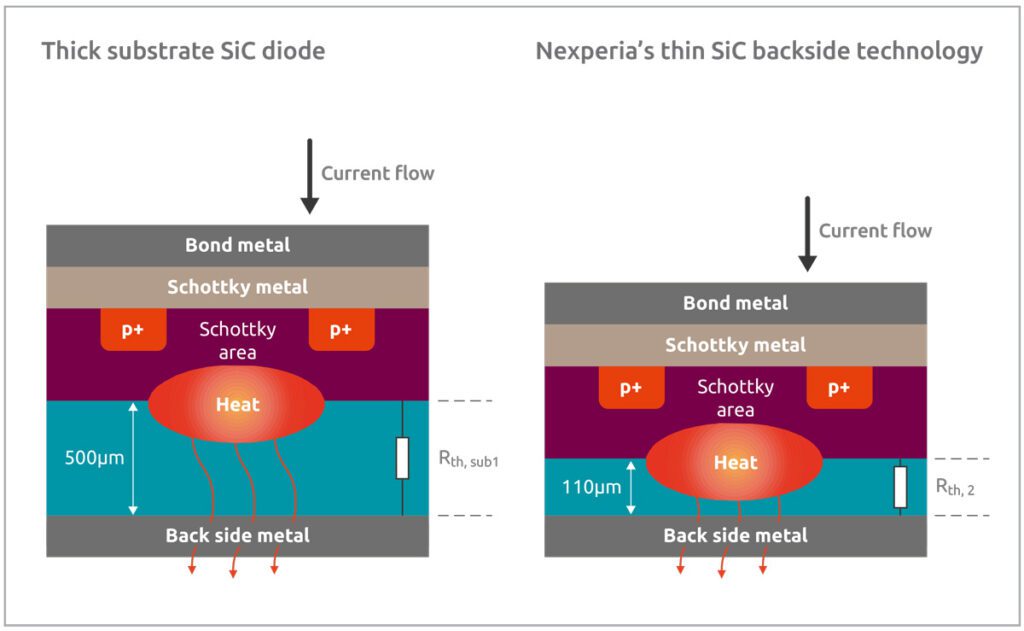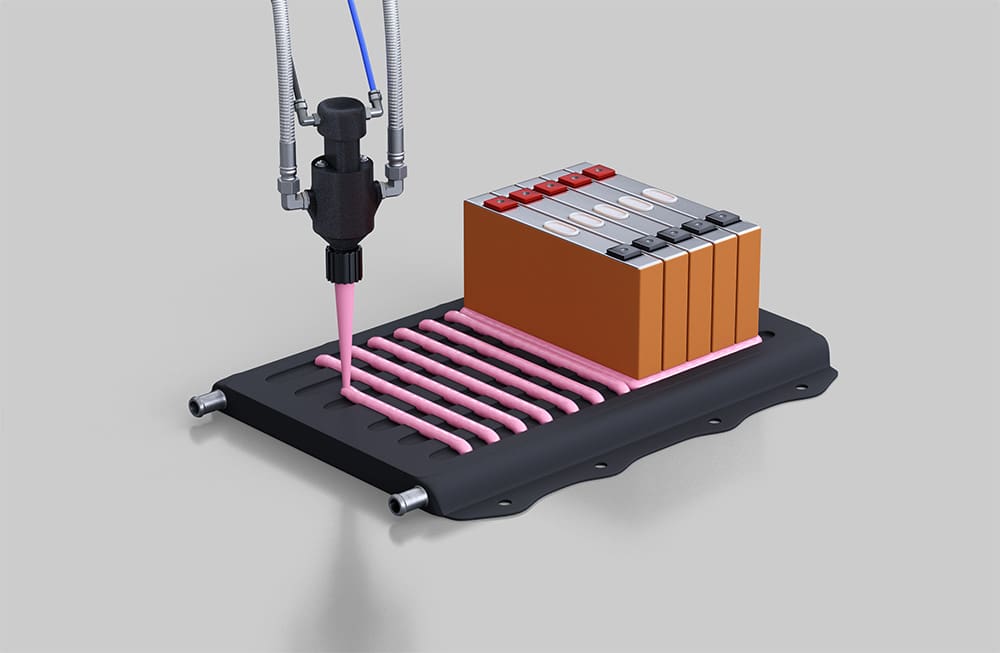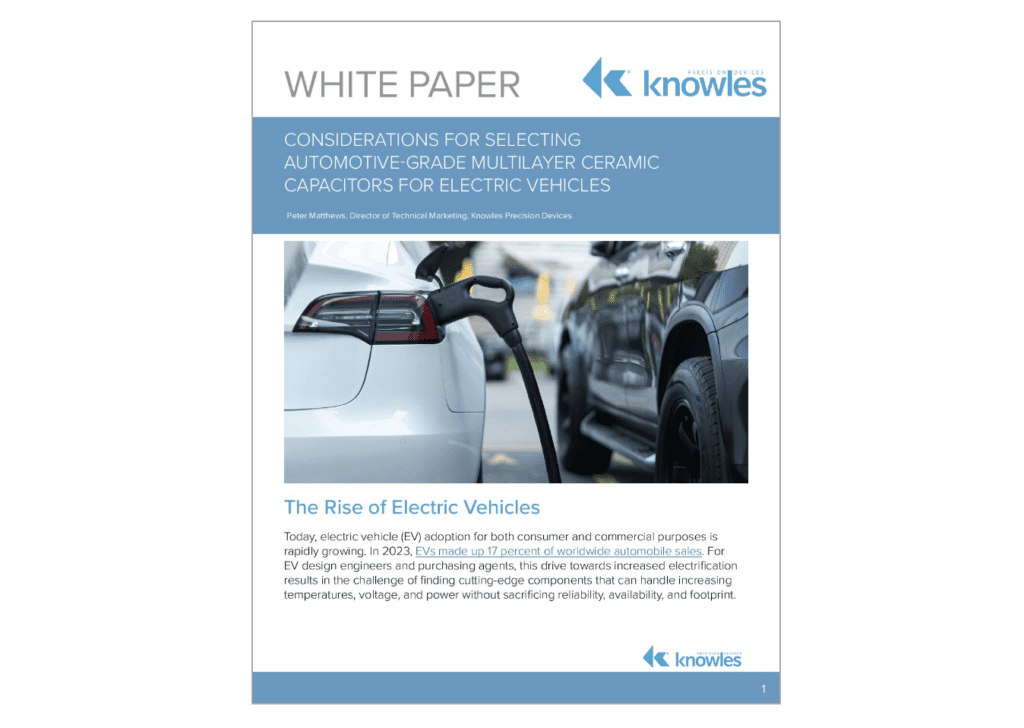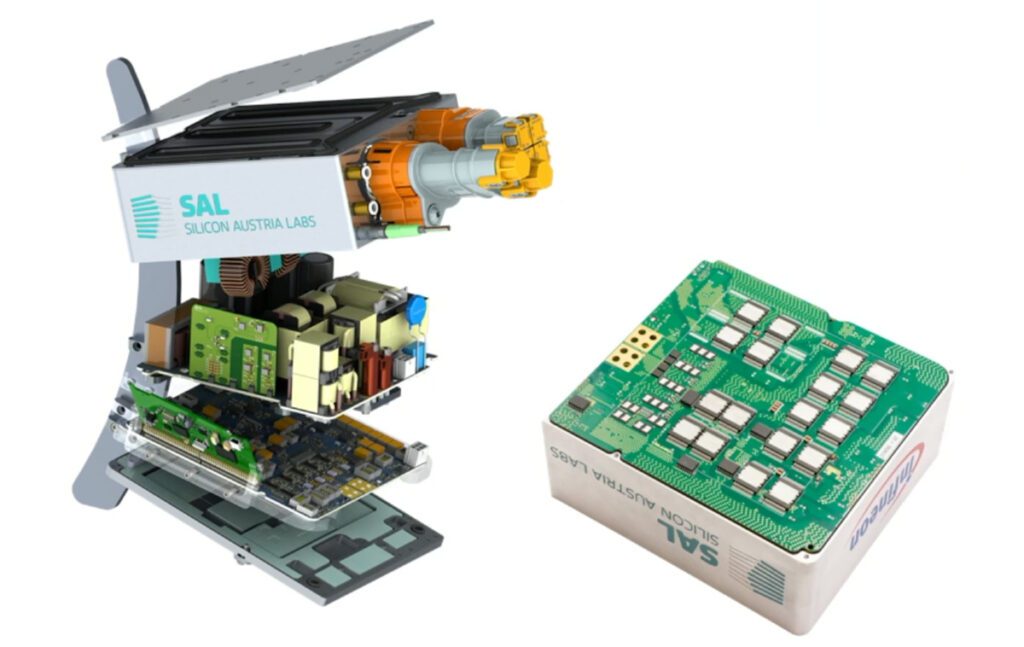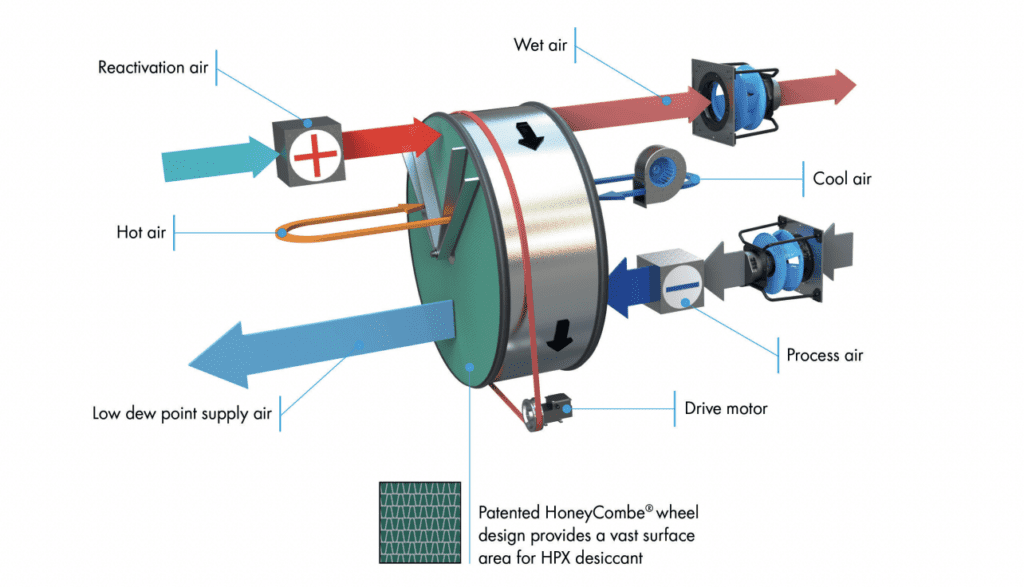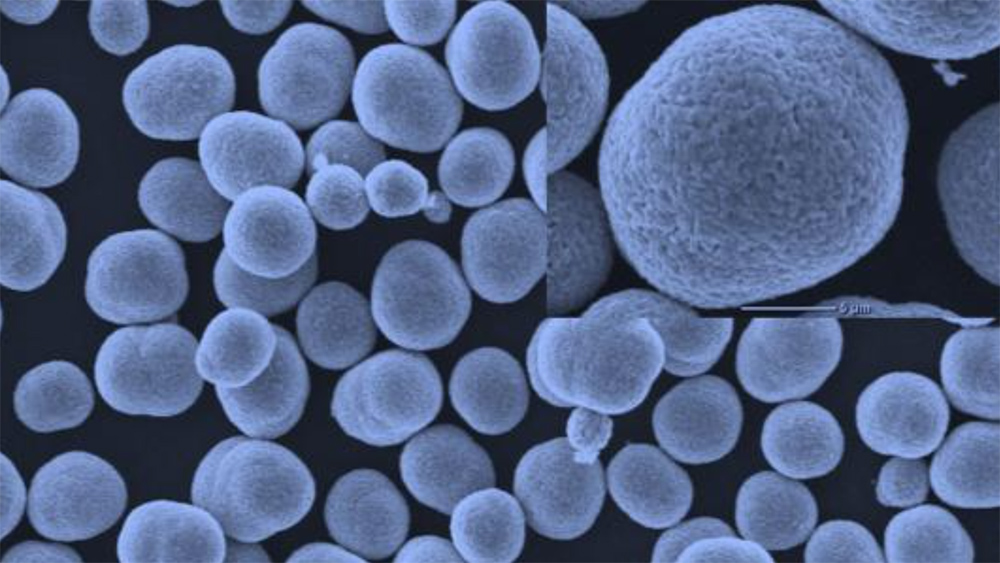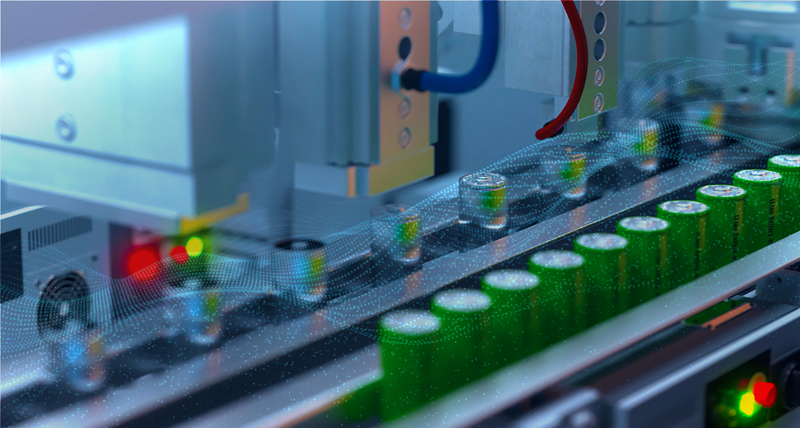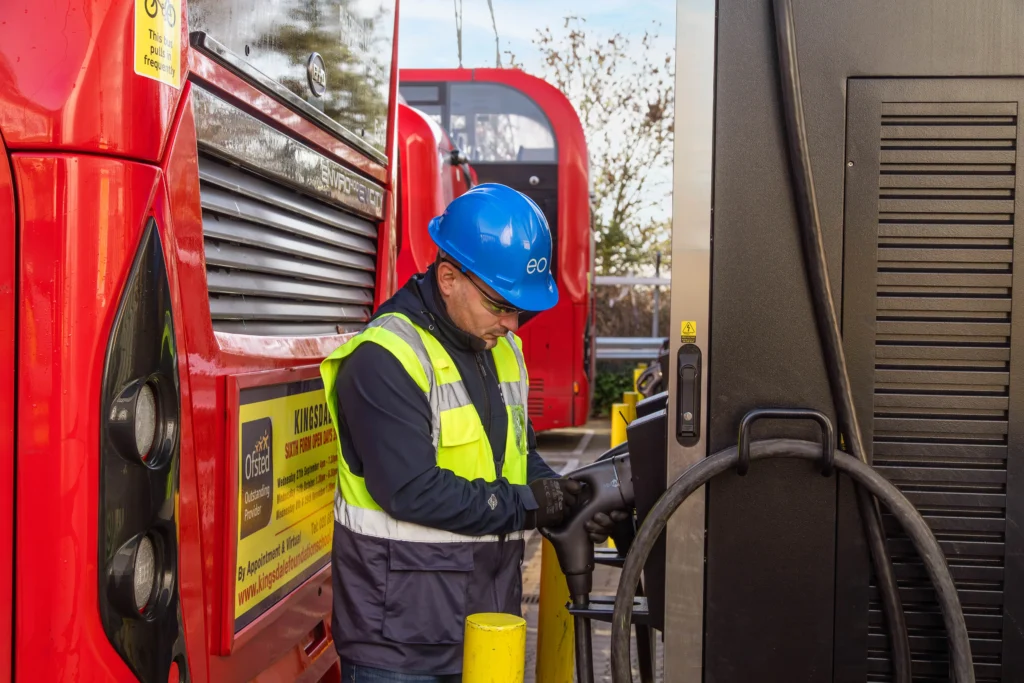Researchers have been interested in silicon as a replacement for carbon in battery anodes for many years, as it has roughly ten times more storage capacity. However, there’s also a tragic flaw: silicon atoms absorb lithium atoms, causing the silicon to expand up to three times in volume, degrading the battery.
Now a team at the University of Cambridge has developed a new method to probe silicon batteries, offering a detailed view of what happens inside the batteries at the atomic level and what causes the expansion to take place. The results are reported in the latest edition of Nature Communications.
“The most basic challenge for delivering such high-capacity batteries is to understand the reactions going on inside them,” said lead author Dr Ken Ogata.
Using nanoscale wires made of silicon and nuclear magnetic resonance (NMR) techniques, the researchers devised a model able to accommodate the expansion of the silicon over multiple cycles, and developed a map of how silicon transforms when it is put into contact with lithium in a battery.
“Using this technique will help make battery design much more systematic, and less trial and error,” said Dr Ogata. “The nanowire-based batteries coupled with the NMR system enabled us to follow the reaction kinetics over multiple cycles with various cycling strategies. Importantly, the insights achieved by the new technology are relevant to current state-of-the-art silicon-carbon composite anodes and will lead to further development of the anodes.”
Source: University of Cambridge via Green Car Congress
Image: Rees Rankin (CNM)/Flickr




